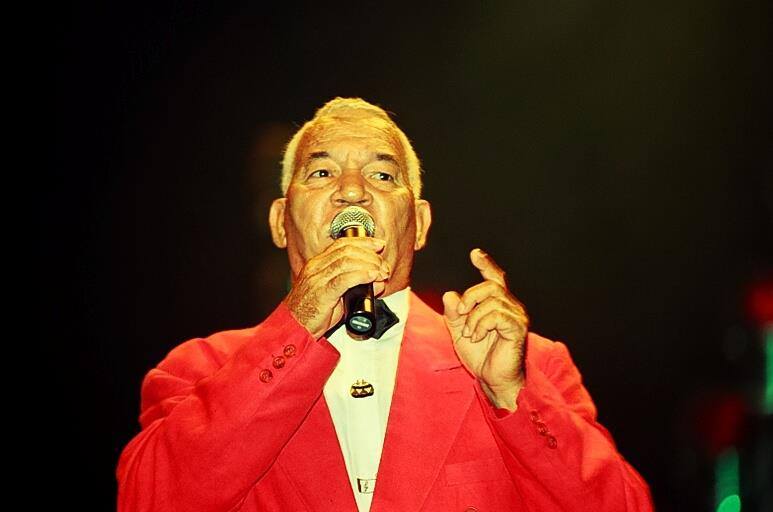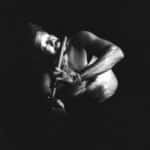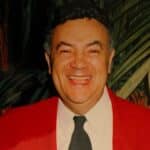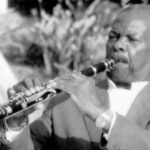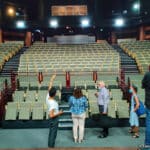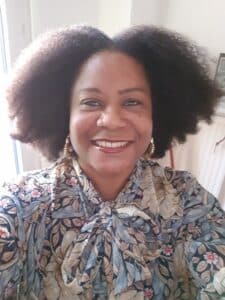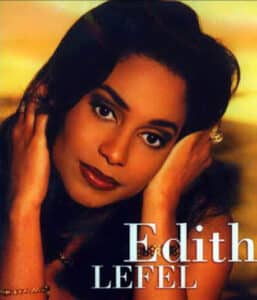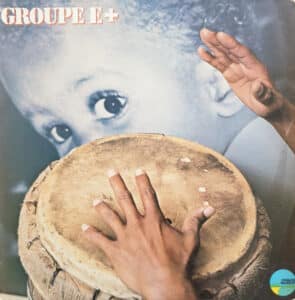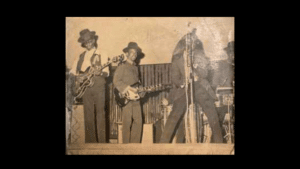His cheeky and powerful voice was recognizable among all, his mischievous little eyes betrayed his satirical humor... "Uncle Max" as this professional psychiatric male nurse was nicknamed, left us on November 25, 2003 at the age of 61 .
At the school of the masters of tradition
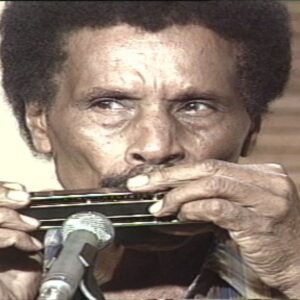

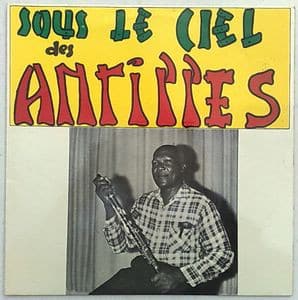

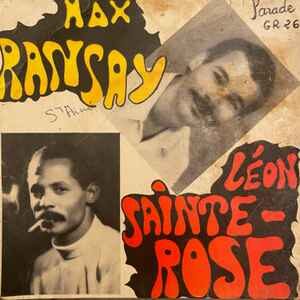

Max Ransay was born in 1942 in Martinique, in Saint-Pierre, cradle of Biguine music.
He was spotted, at the age of 15, during a Creole song contest, by the musician Jo Amable who included him as a singer in his orchestra.
This collaboration allows him to record his first album "Manzè Anita ".
He also cut his teeth with another heavyweight of traditional music in the person of the clarinettist Hurard Coppet, to whom he lends his voice on the album "Sous le soleil des Antilles “, with a repertoire of great Martinican standards.
He continues in this register with other collaborations such as with Léon Sainte-Rose.
First French West Indian gold record with Les Leopards
In 1970, Max Ransay joined the group Les Léopards de Saint-Pierre, of which he soon became the conductor.
If the main musical color is the cadence, the group is the image of what is being done at the time, a melting pot of traditional music, Cuban rhythms, tumbelé, calypso etc.
With Les Léopards, Max Ransay enjoyed huge success, particularly in mainland France, the Greater Caribbean, and even beyond.
The success was so great that Les Léopards were the first musical group from the French Antilles-Guyana to receive a gold record in 1976, long before Kassav band.
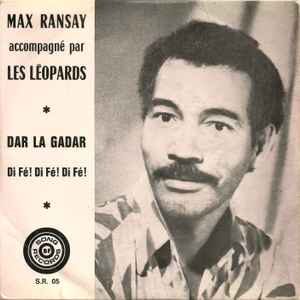

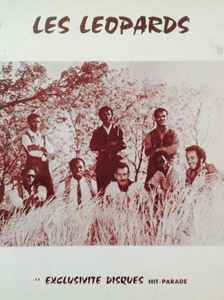

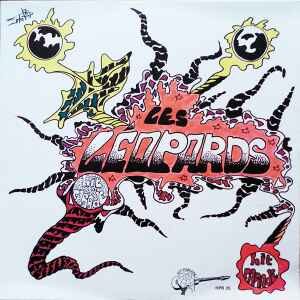



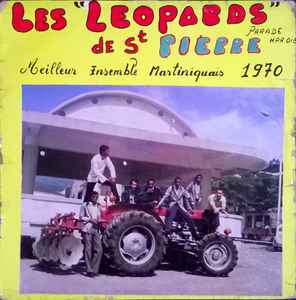

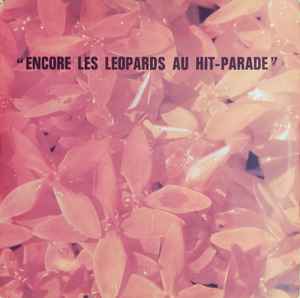

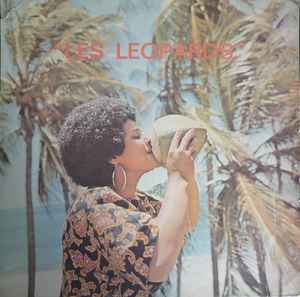



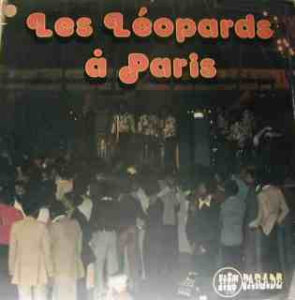

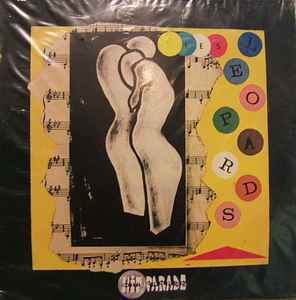

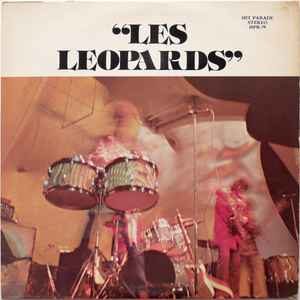

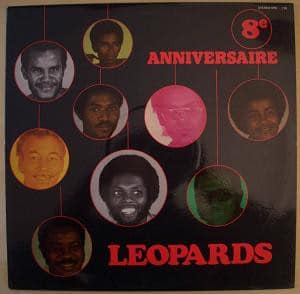

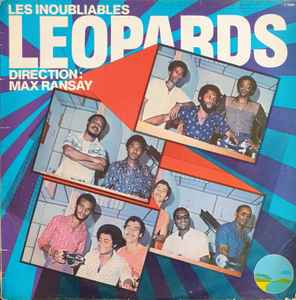

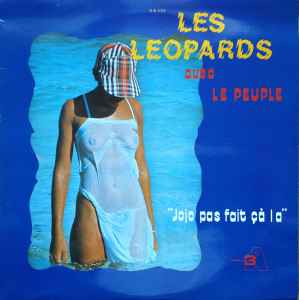

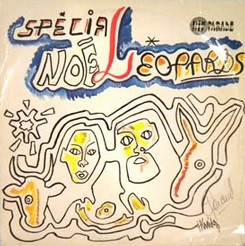

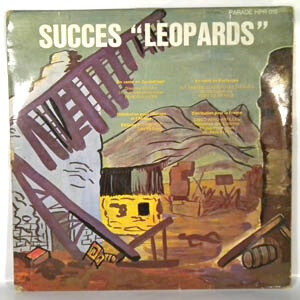

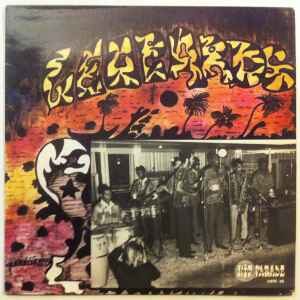

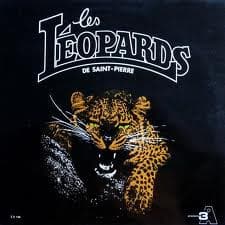

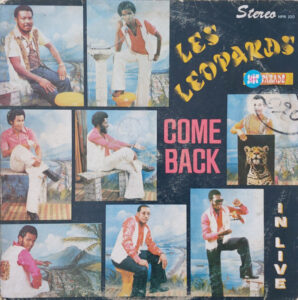

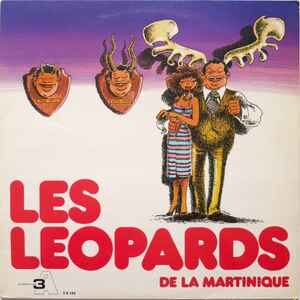

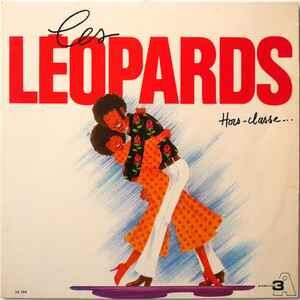

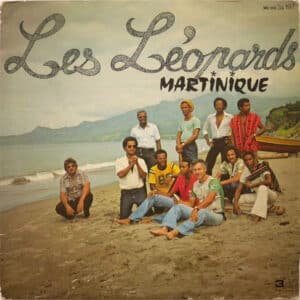

The Maafia years
In 1981, after decades of success and as many albums, tensions began to arise within the Leopards.
Jean-Michel Cabrimol, then the group's young drummer, managed to convince Max Ransay, as well as Michel Thimon, the lead singer, to leave the group to create his new orchestra, which he name The Maafia.
Biguine never far away
At the same time, he collaborates on other projects and revisits the standards of biguine with great musicians such as Guadeloupeans Al Lirvat (trombone) and Emilien Antile (sax) .
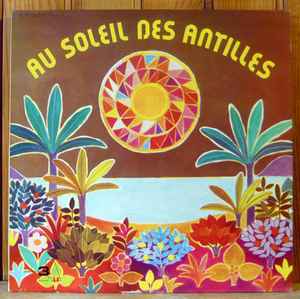

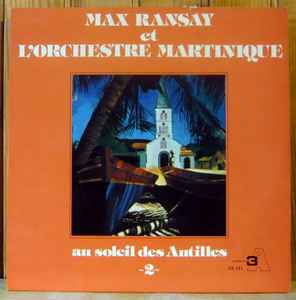



Piano bar turn
The game of musical chairs continues for Max.
After some time, he left the Maafia group to found the Kalikou group, with former members of the Leopards (Alain Joséphine, Alex Martine, Manuel Sainte-Rose and Michel Jabour).
The register is more intimate, in Piano-bar colours.
Then from the beginning of the 90s, he set up his last formation, the group "Atoumo" which also accompanied him on his records.
Solo career with family
In 1985, he recorded the album "Max Ransay sings Michel Thimon" his old friend of the Leopards and the Maafia band.
Thereafter, will follow until his death in 2003, a series of solo albums:
• Mémoires de la Biguine,
• Atoumo (1992),
• Coeur d’un Homme (1995),
• Mont bénit (1998),
• A l’ombre d’un géant (2003).
In this adventure, he surrounds himself with relatives:
• the singer Kali, who is none other than his nephew, becomes his exclusive arranger and occasionally offers him his famous banjo;
• As for his sister Liliane Ransay (Kali's mother), a well-known songwriter, she distills tailor-made lyrics for him.
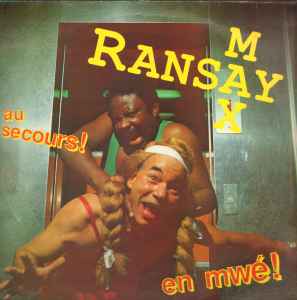

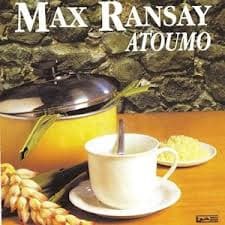

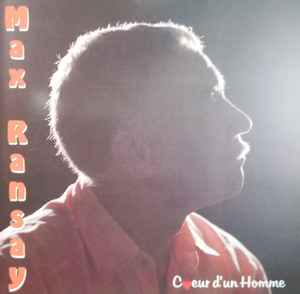

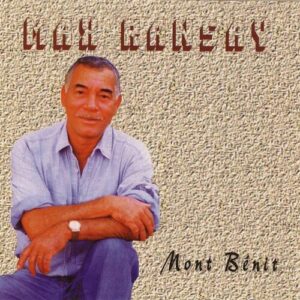

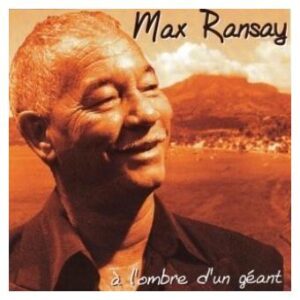

These albums give pride of place to his favorite music, of course, but also to zouk and even to ragga-dancehall in a nod to youth.
Max even has fun reinterpreting French song standards in his own way, such as "The Crowd" by Edith Piaf.
He also reveals his "crooner" side, especially with the poignant "Sé wou ki sav"song.
The complicity and admiration between nephew and uncle is manifested by multiple collaborations.
Max sings on some of Kali's projects and the latter covers several of his uncle's songs on his Roots project in several volumes.
Inter-Generationality
Max Ransay sings for all generations including the youngest.
He does not hesitate to update his old hits from the 70s, Les Léopards era.
This clip is a musical delirium, Kali and her uncle are having fun as a duet in a dancehall register in a cover of the title "Ay coupé chivé ou" by Albert Nadeau of the Leopards.
Note that an illustrious extra appears in the clip, which is none other than Mr. Jean-Claude Naimro from Kassav! Indeed, the three men, accomplices, are all Pierrotins, from the town of Saint-Pierre...
The consecration: « La route Chanflô » (The Chanflô road)
The year 1987 is that of consecration with the publication of his greatest success: "La route Chanflô" of which he is the author-composer.
It is the enthusiasm of the public that finally pushes him to record this song that he has been singing for ten years already.
This title has since become a classic of Martinican music and the one that characterizes it the most with the general public.
Released in 1995, "Coeur d'un Homme (Heart of a Man)" is Max Ransay's other iconic hit.
Easily cataloged as a man of the party, this composition reveals in a touching way, his romantic and wounded side.
His latest hits
Released in 2003, "In the shadow of a giant" is his last album with hits such as Jilo, Wi sa vré or even the sublimeKreyol.
Since the death in 2003 of Max Ransay, his singular presence in the Martinican musical landscape is certainly missing.
